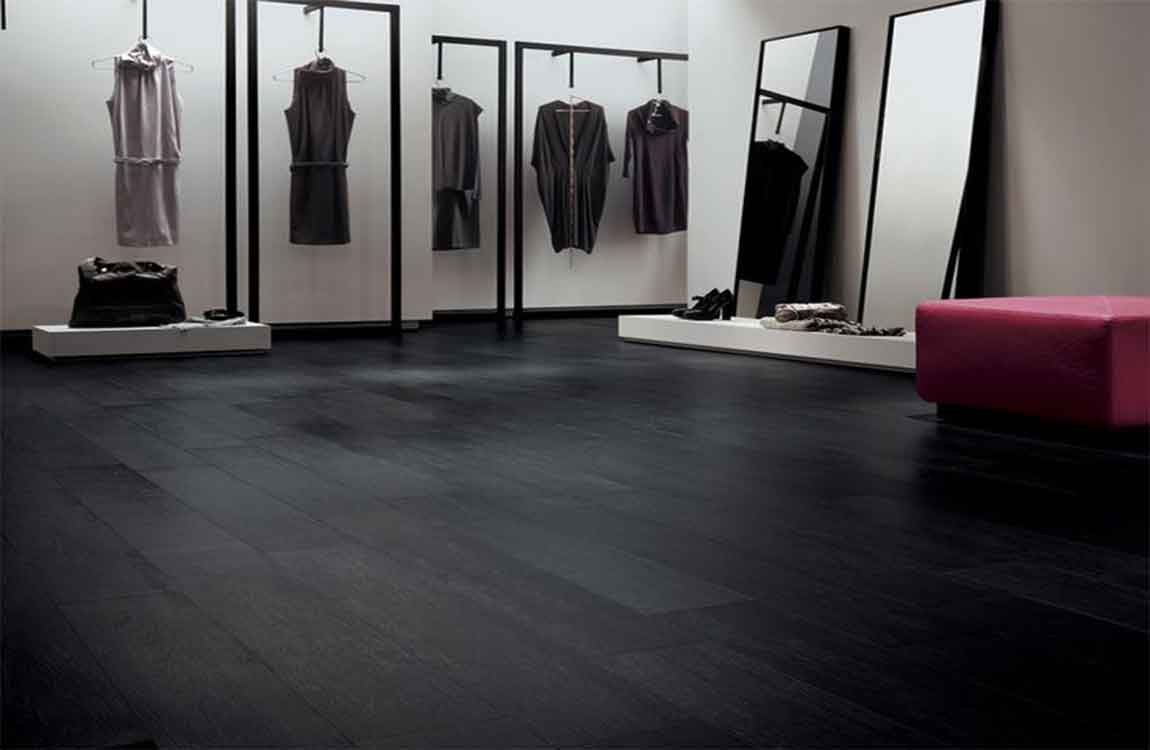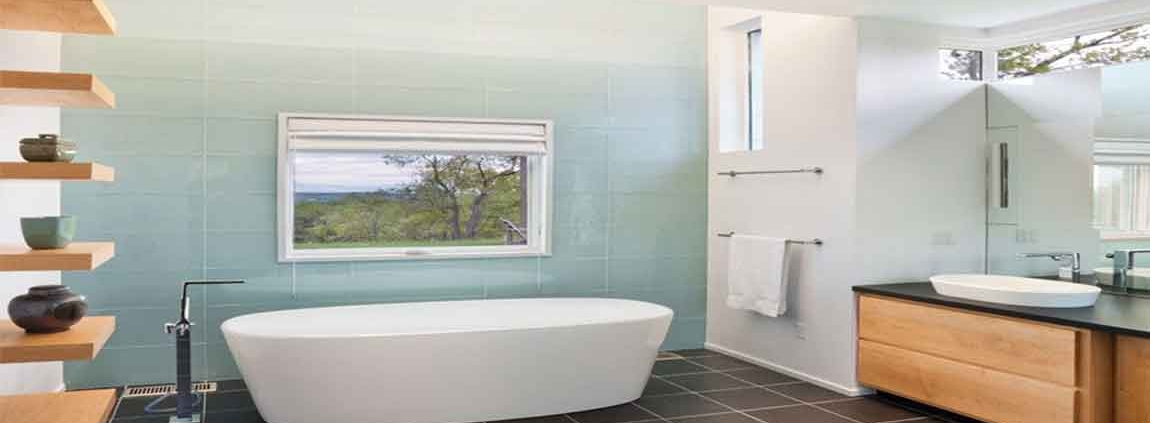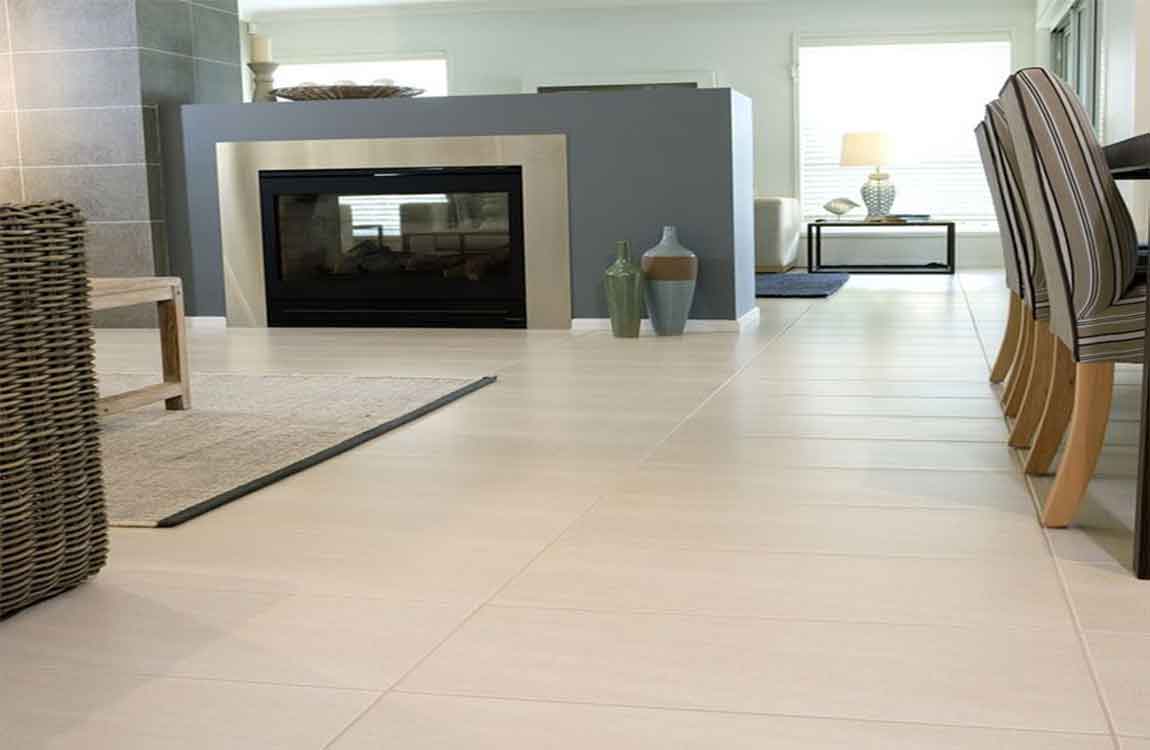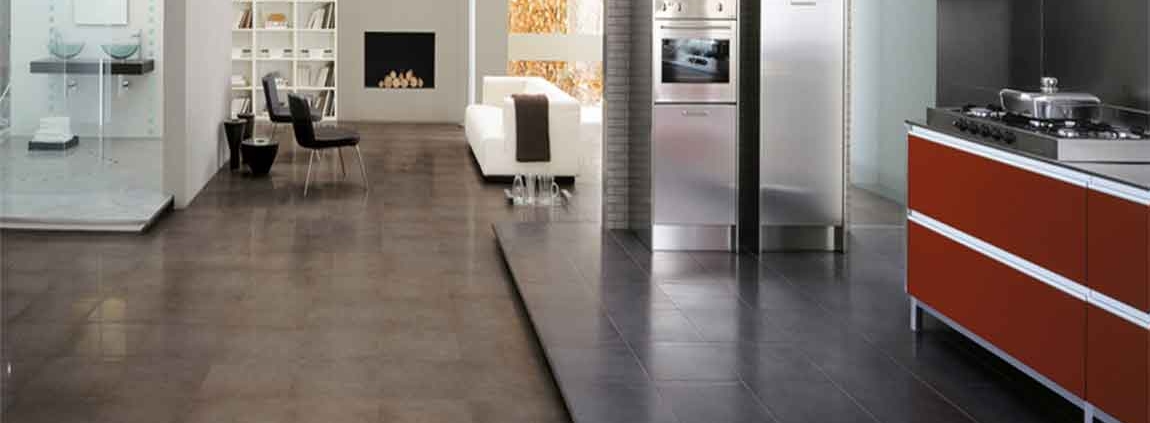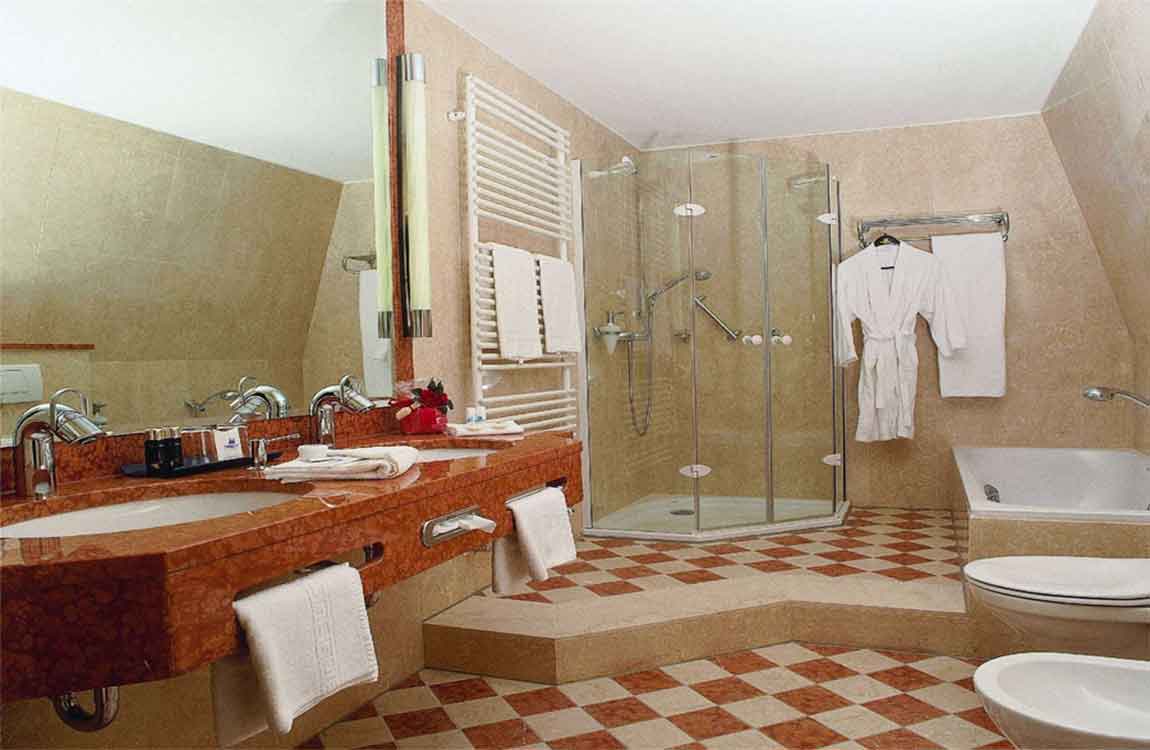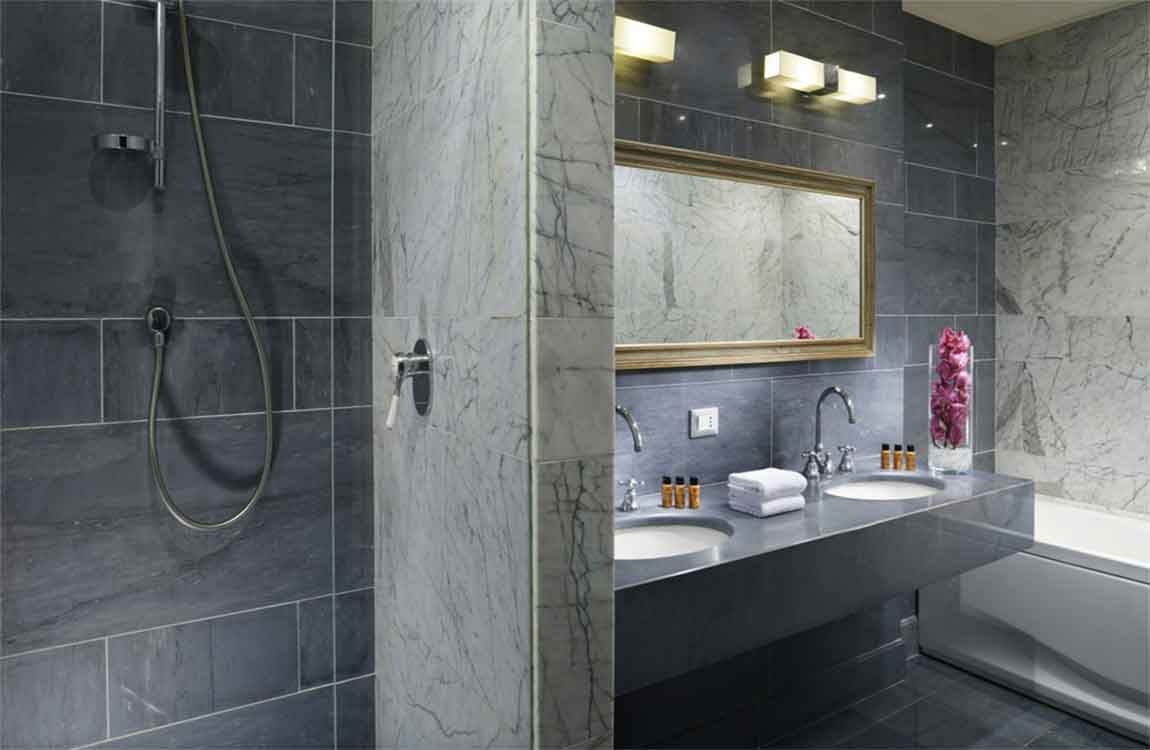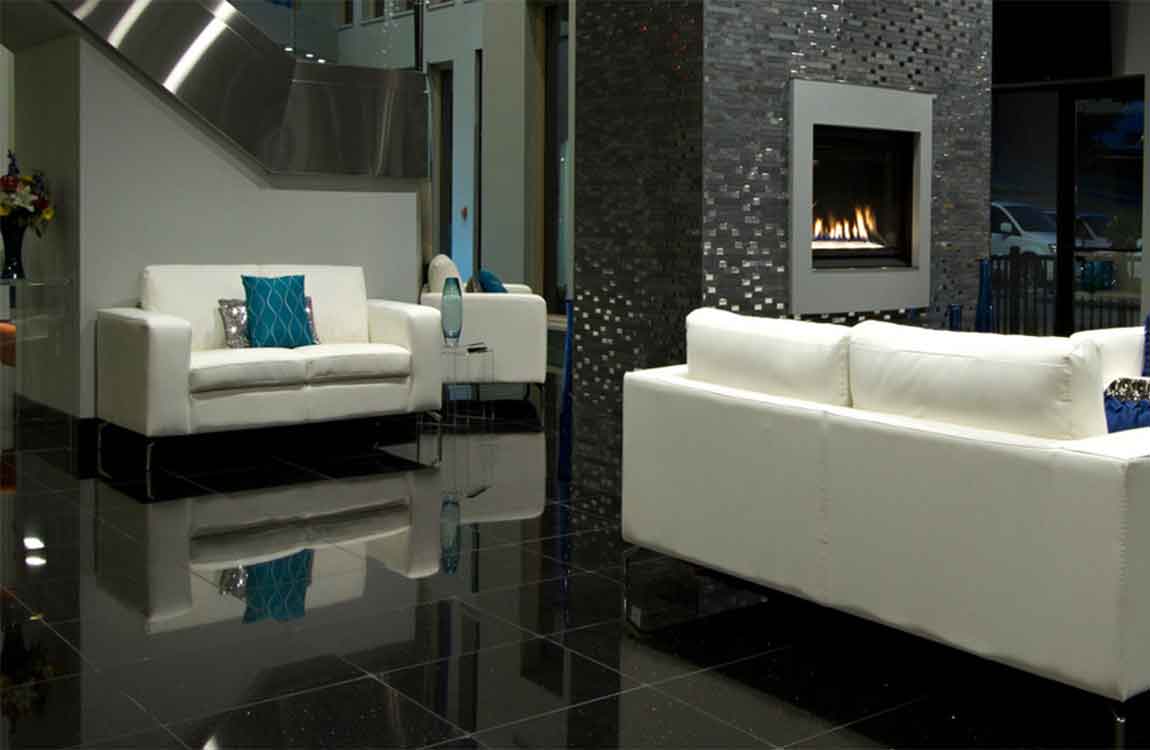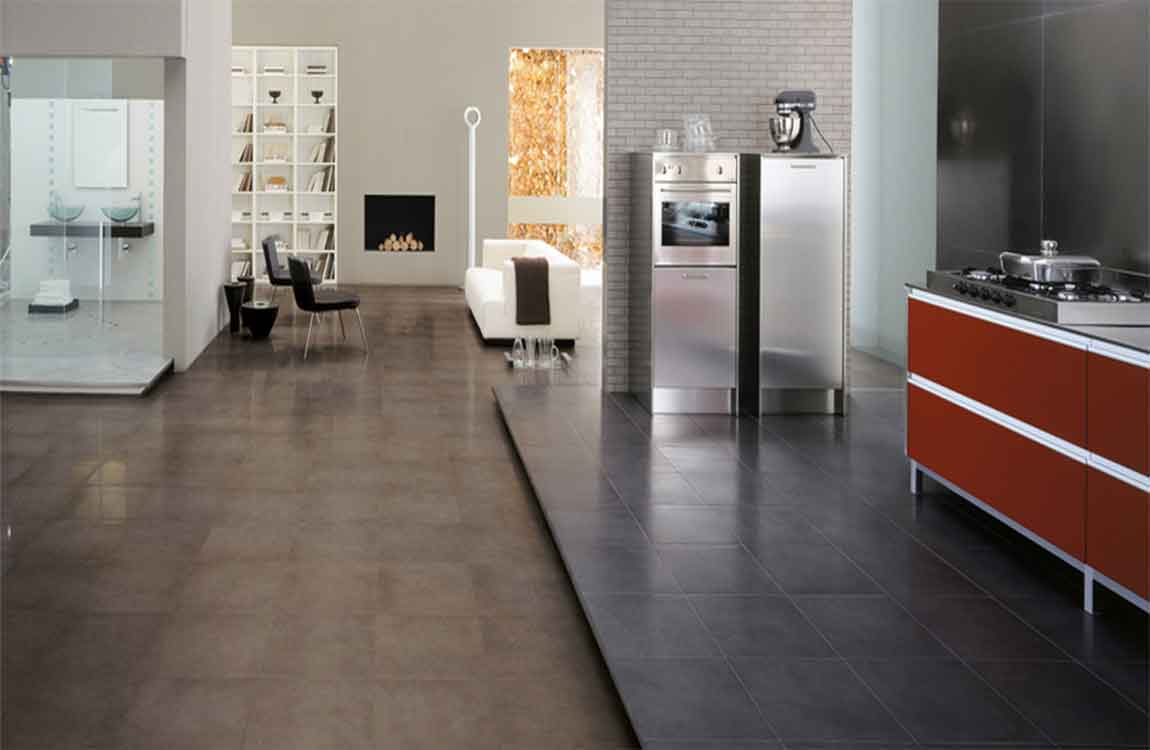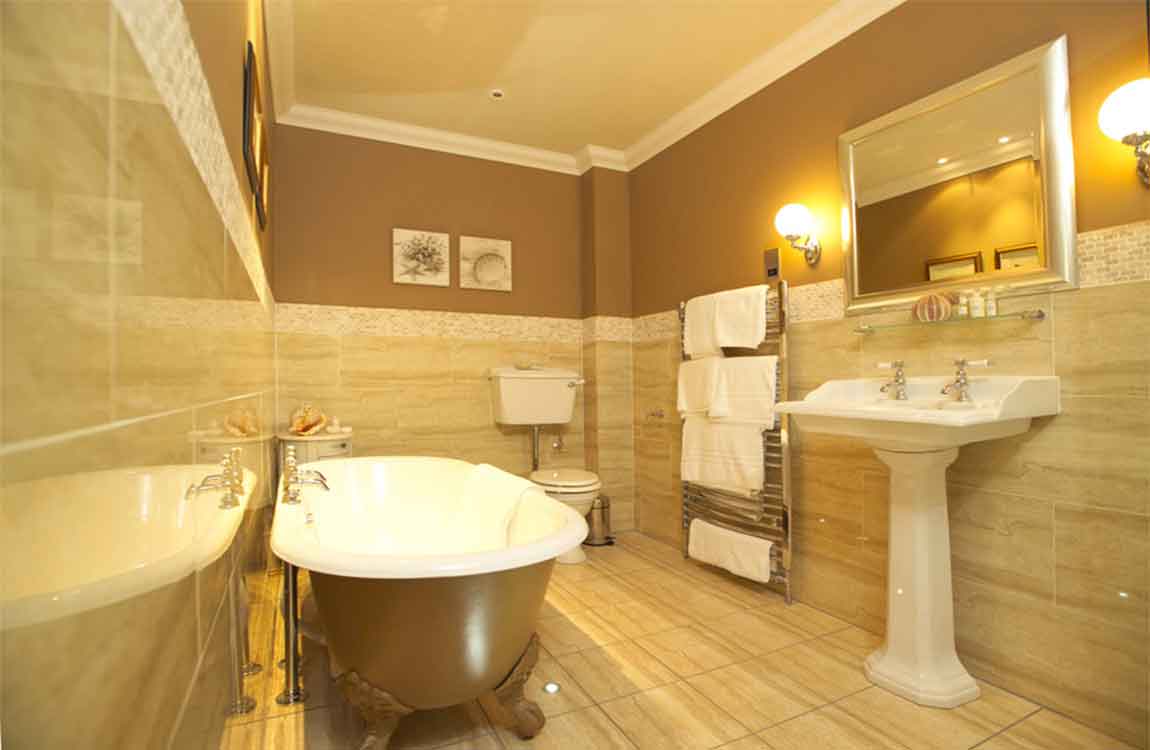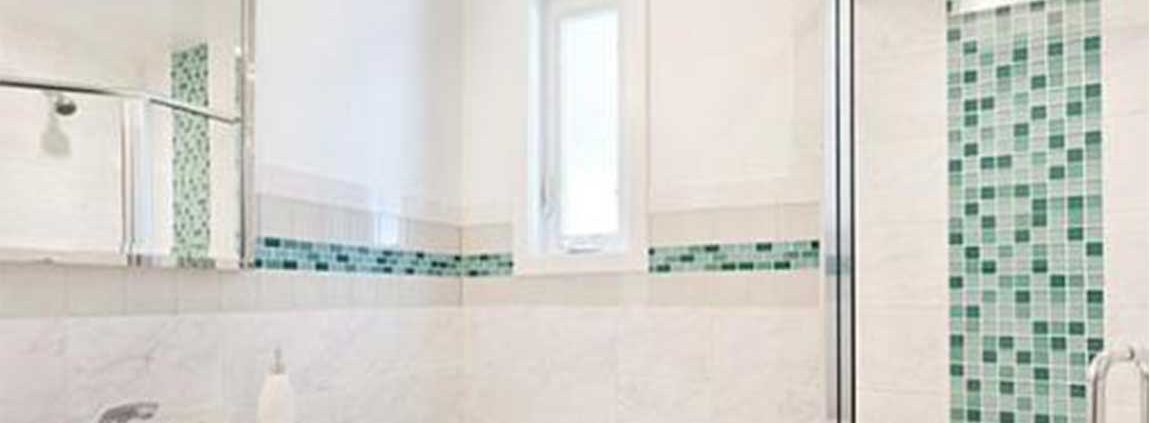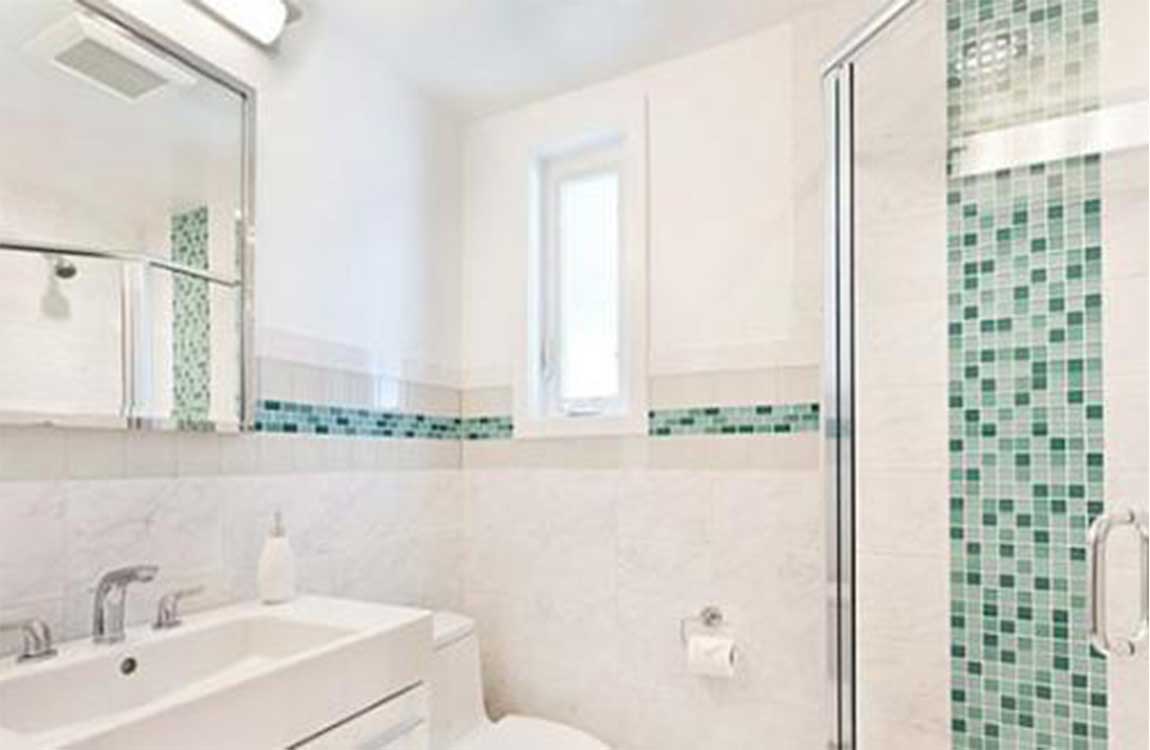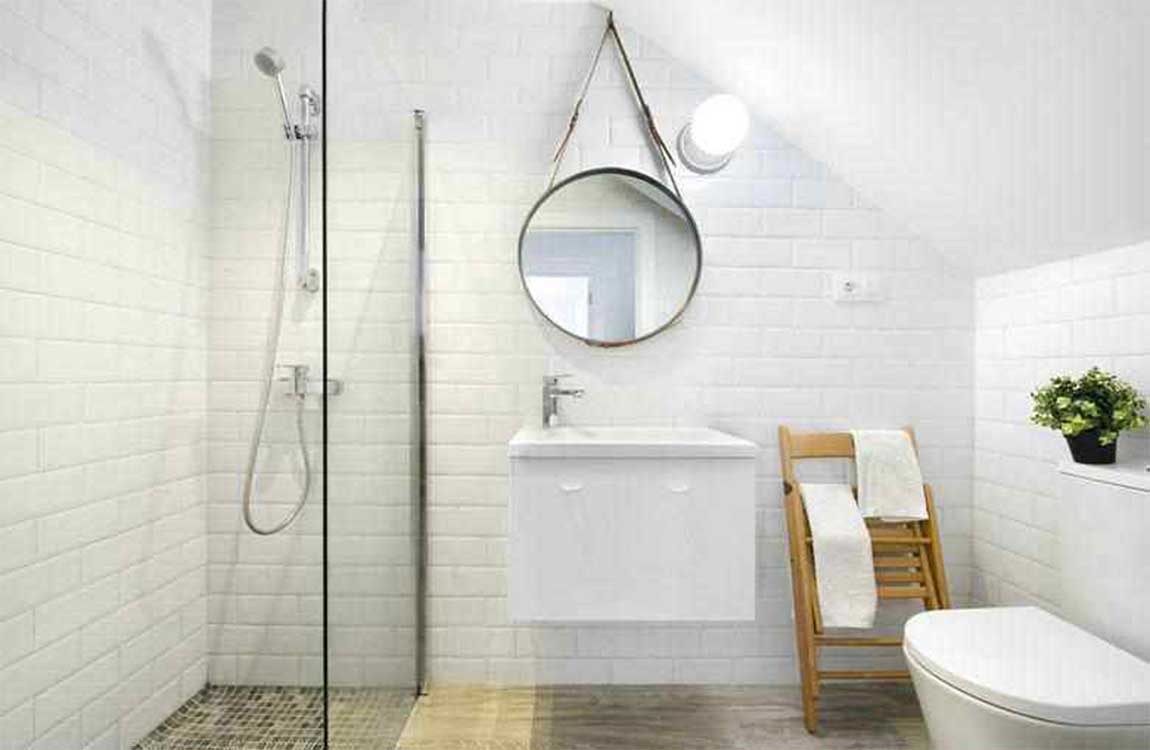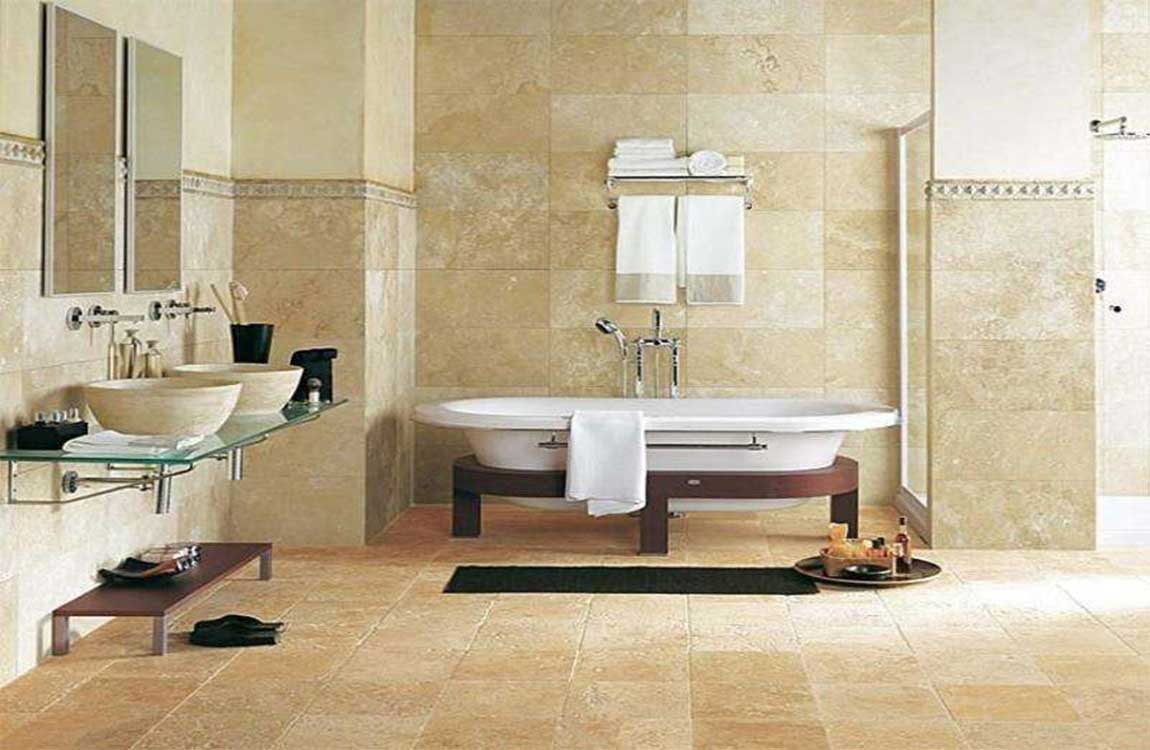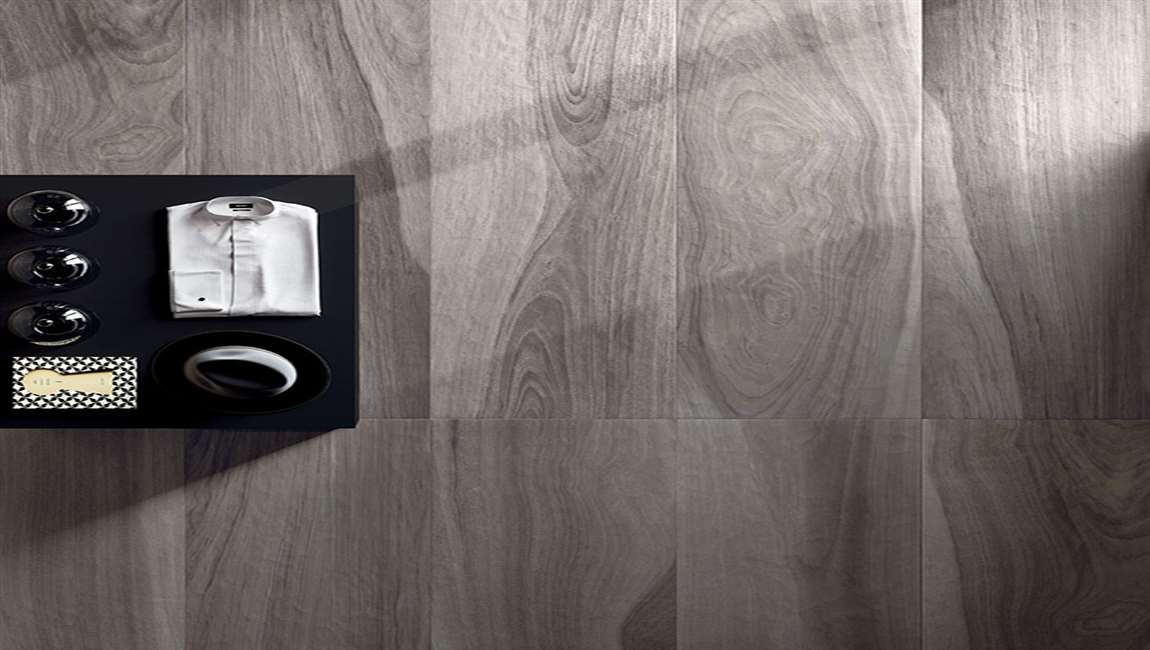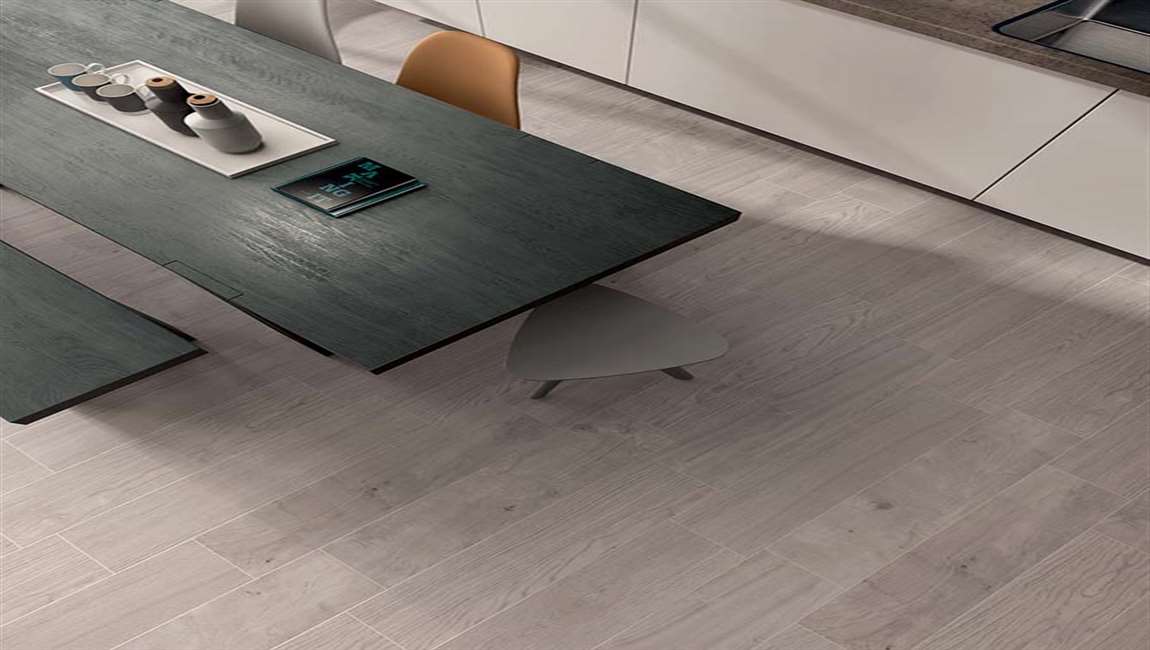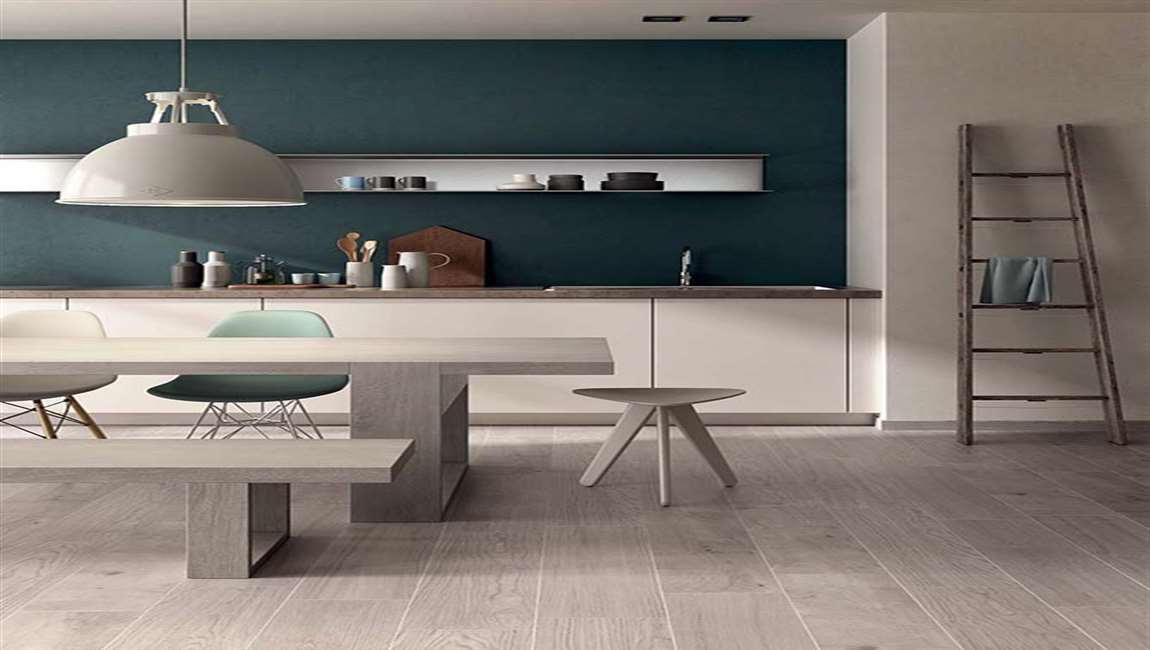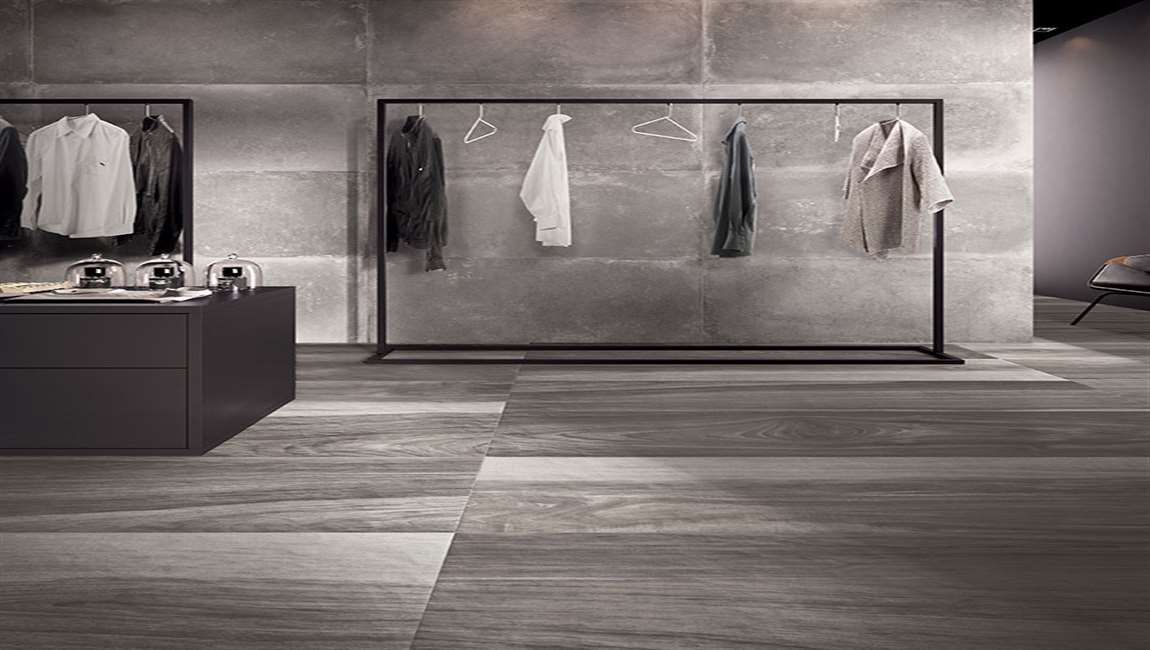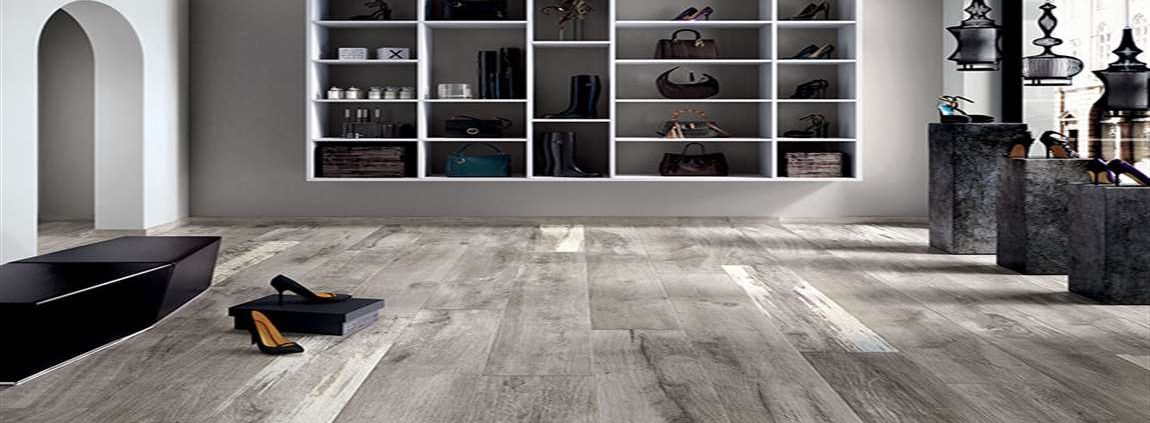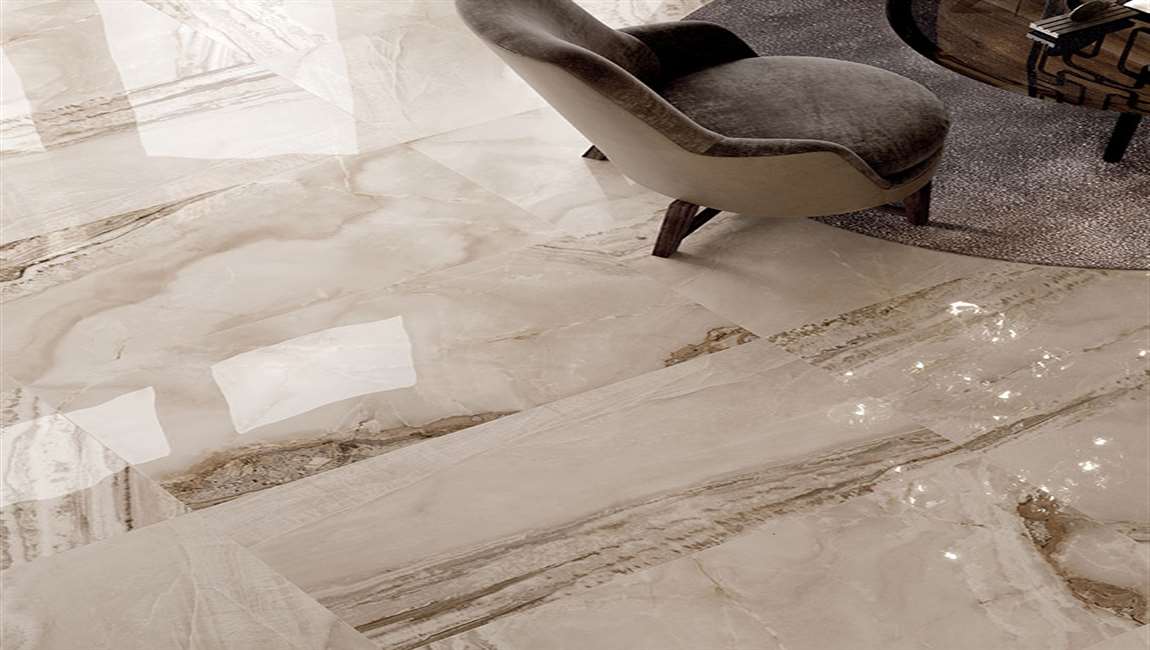How Avoiding Damage to Your Marble Tiles?
Test poultice and cleaner before using. Pick a hidden or inconspicuous spot on the marble tiles and do a test clean. This is important, as some products may etch or discolor marble tiles. In the end, it’s better to perform a test than to ruin your entire marble tiles floor or tiles.
Wait at least 24 hours after testing. This will give you enough time to see if the product has harmed the marble tiles. Consider testing poultice or other cleaning products underneath the granite where it overhangs a cabinet. Avoid acidic cleaners and strong chemicals.
There are a wide variety of household products that could damage your marble tiles simply by making contact. As a result, you need to avoid these products. They include: Vinegar, Ammonia, Hydrogen peroxide, Lemon, orange, or other citrus cleaners, Cleaners that are acidic.
Hire a professional to seal your marble tiles regularly. While sealing your marble tiles won’t protect it completely from staining, it will decrease the likelihood of some staining. As a result, you should have your Carrara marble tiles sealed when installed and resealed regularly.
You may need to reseal your marble tiles after three to five years. Polished Carrara marble tiles may not need to be sealed. Honed Carrara marble tiles should always be sealed. If it is not sealed, it will absorb any liquids that are spilled on it. Reapplying the poultice will very likely lighten or remove the stain that remained after you first applied it.











